What is Tramlining and how to avoid it? (Dangerous!)
You must have often experienced that while driving on an old patch of road, your vehicle has a tendency to follow the ruts and grooves in the road surface. It can be quite an effort to maintain the directional control of the vehicle in such cases.
The car’s tendency to follow ruts and groove on the road is called “Tramlining”. The name of this phenomenon was coined from its similarity with the trolley driver of a tram who does not need to steer because the tram follows the path established by rail.
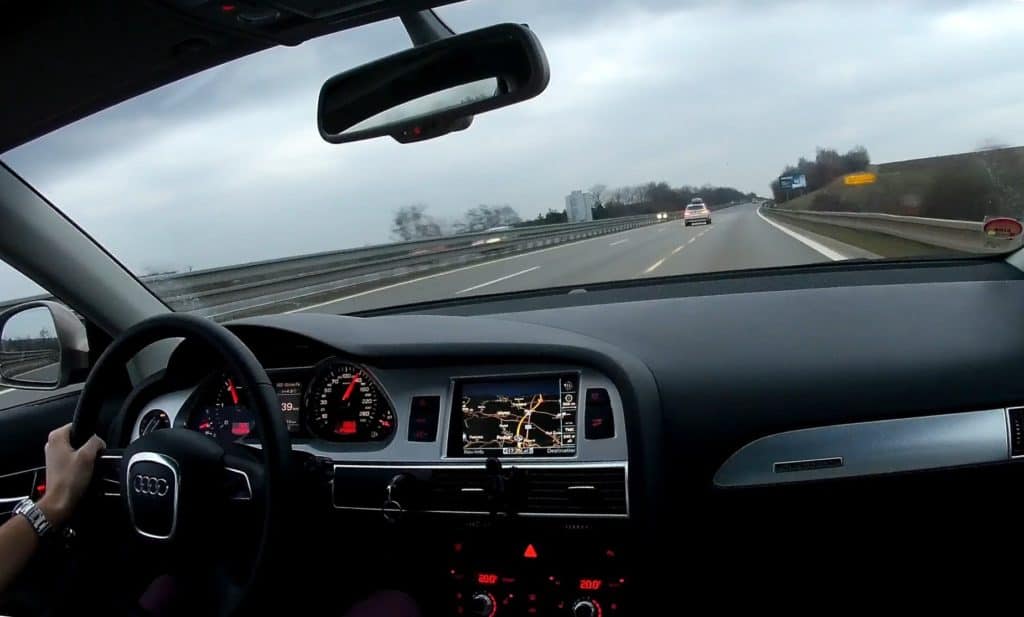
All vehicles experience the tramlining effect on certain patches of road and it can be felt through the involuntary movement of the steering.
There is some resistance change in the steering while crossing an uneven expansion joint on the road. Even after experiencing it, you might have thought that this is not dangerous and one does not need to be bothered about it. However, tramlining effect can be dangerous at high speeds and slippery road conditions.
Some people don’t know that tramlining could be the result of some modifications they did to the car. Also, it can also be a symptom of some mechanical issue in the car chassis. Let discuss about this in detail:
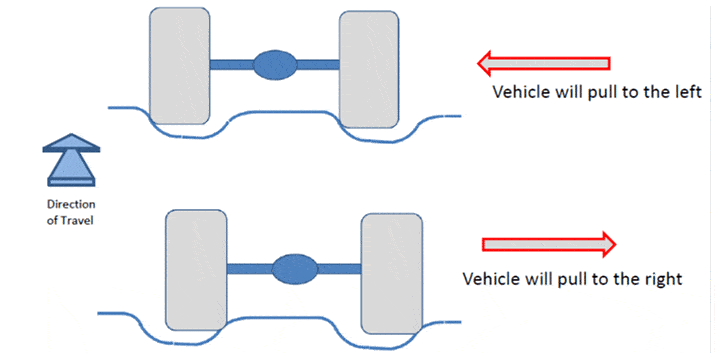
Who is more prone to tramlining? (what causes tramlining?)
Upsizing and using low-profile tyres: Many people who upsize their tyres and use low-profile tyres on plus size alloys often complain that the tramlining effect is more prominent. This is because high-performance tyres and low profile means that there is reduced tyre flex and the tyre is not able to absorb road shocks like the high-profile tyres can. This improves the steering response also transmits the road undulations to the hands of the driver. If you do plan to upsize, use Upsizing tool to ensure that you remain in the safe range.
BMW drivers often complain of tramlining because most of them come fitted with run-flat tyres. The run flat tyres have a very stiff sidewall that’s unable to absorb road shocks. This increases the chances of tramlining. Increase tyre life tips
Bad suspension components: The suspension components also affect how the vehicle manages ruts and grooves on the road. Different components like suspension bushings, ball joints and suspension mounts are all a part of the chain. As the vehicle ages, some of the suspension components deteriorate.
This change is so slow that it might go unnoticed. There comes a point where due to bad suspension components, there is some play in the suspension. This allows wheels to be affected by the road irregularities. Therefore, replacing the worn-out suspension consumables will take out the play from the suspension and eliminate tramlining due to bad suspension.
Increased Wheelbase: Wheelbase is the distance between the wheels on the same axle. The tramlining effect increases as the wheelbase increased. If you install wheel spacers to move out the wheels little for stance or handling purpuse, remember that it will increase the chances of tramlining.
Over-inflated tyres: Running high tyre pressure in the cars tends to stiffen the tyres and reduce their suppleness to absorb the road shocks that, in turn, increases the tramlining effect. Simply adjusting the tyre pressures as per the manufacturer’s recommendation will fix this issue to some extent.
Wheels out of alignment: The wheel alignment is not just needed to fix the uneven wearing of the tyre but to also alter the car’s handling characteristics. The camber and toe settings both can have their effect on tramlining.
Extreme positive or negative camber makes the vehicle more sensitive to follow the longitudinal ruts and grooves. With the added camber, the contact patch on the straight line is reduced and the wheels easily follow the road irregularities.
Also, more toe-out setting, that improves the direction changing capabilities of the vehicle, reduces the straight line stability. The camber and toe setting can be tweaked according to the environment in which a vehicle will be driven. If the vehicle is used for motorsport competition, then the settings can be on the extreme side, but for the streets, it is best to follow the manufacturer’s recommended settings. 3 things to know about alignment and balancing
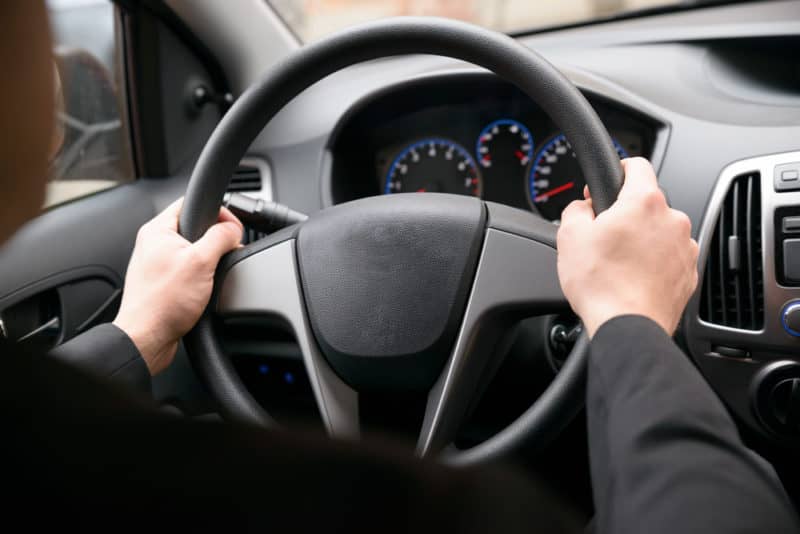
Keep both hands on the steering to control Tramlining
Sometimes, even after having a good chassis setup, the car might tramline. Many drivers have a bad habit of using one hand on the wheel but its always best to hold the steering with two hands in 9 and 3 0′ clock position with a relaxed grip. This allows you to know what the wheels are doing and feed precise steering inputs to correct the directing of the wheels.
Now that you know what causes tramlining, were you able to pinpoint what’s causing this in your case? If not then comment below and I will try to guide you in fixing tramlining issue for you.
Also Read: How to make car AC Colder?
This video also explains it well:
- Cost of Changing Transmission Fluid - August 23, 2021
- 5 Symptoms of Blown Head Gasket - August 16, 2021
- 7 Symptoms of Bad Fuel Pump - August 11, 2021

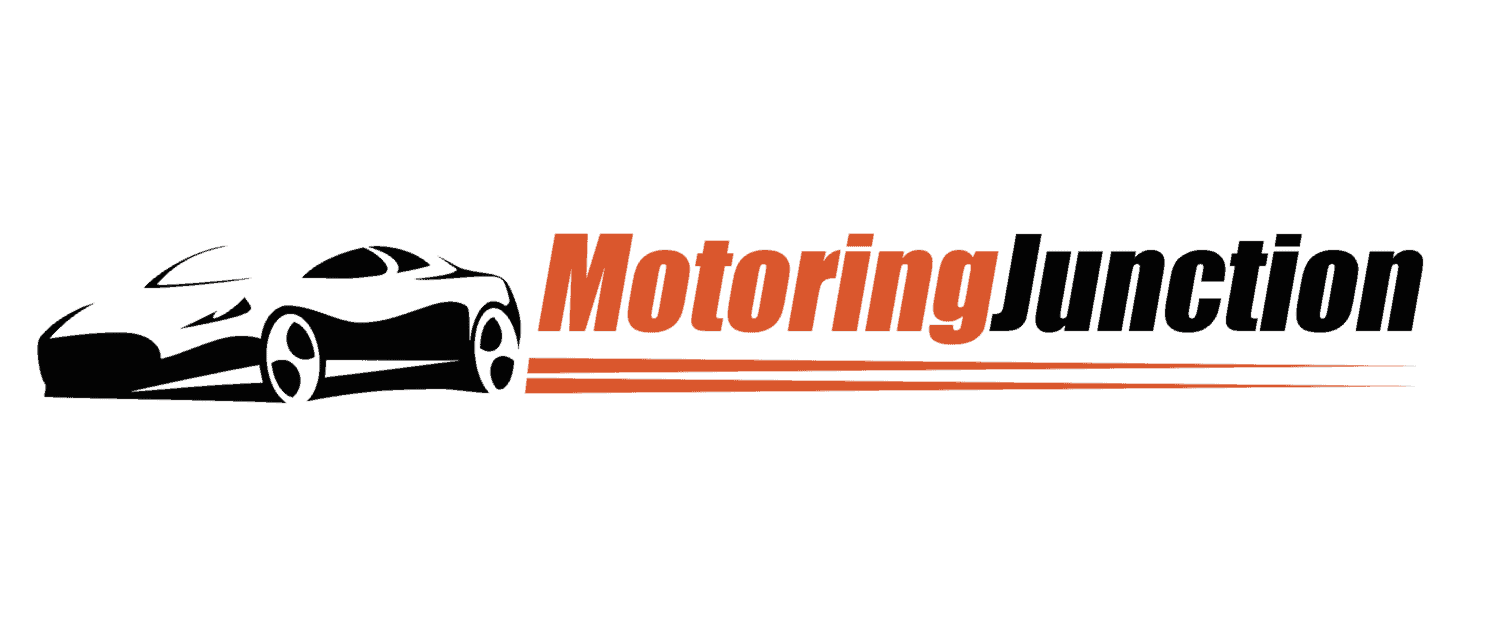
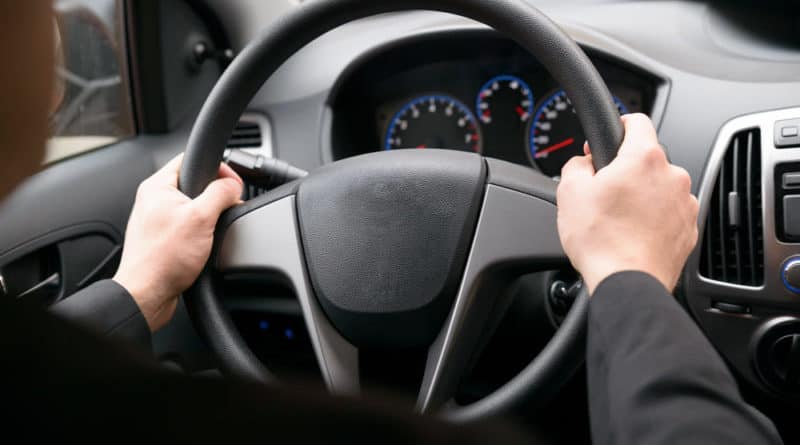
Hello,
I recently got my 2015 Mustang GT tires balanced and aligned and I’m still have tramlining issues. The tires are low profile so that might be one issue. They’re 265/ZR20 99W. I notice it a lot more in the rear. Also, the car was involved in an accident a year ago where the right rear was severely damaged, I got it fixed but I don’t know if that could be a cause for the tramlining as well. Tire pressure is set to factory, suspension is good; that’s what I was told when I got it aligned and balanced. I don’t know what else to do?! I haven’t even had the car for two and any speeds over 60 the car is shaking left to right! Any advice would be greatly appreciated!
Your tyre profile is surely not helping you in this case. Did the problem start when you changed tyre size or after you got the repair job done? I would start with checking the suspension linkages.
After I got the repair done.
I would start by checking the wheel bearings and the rear suspension linkages. Make sure there is no excess freeplay. Pay a good mechanic to get it on a lift do proper inspection.
Hi,
I’ve got same situation as you did, just wanted to know if you fixed the problem. My 2017 Mustang GT had an accident on the real left, they replaced whole rear left suspension and subframe. I felt the tram lining since then, but after suspension diagnostic and realignment everything looks fine. Now I get a new set of tires (Michelin Pilot Sport 4S with stock size, 255/40 R19) but the car still follows ruts. Please let me if you fixed the issue.
Thanks in advance.
I’m actually going to have a mechanic friend of mine put it on a lift tomorrow and check it out. I’ll update I soon as I know something!
I have a Mini Cooper 2 door hard top 2015. It tramlines so badly that I can hardly stay in a single lane on some freeways with grooves. I have had the alignment check and all that jazz. Currently has 2 Michelin Energy Savers on the front tires, but I have a flat and need to replace. Is the a specific tire you recommend I replace these with that could solve the issue?
Michelin Energy Saver is a decent tire and I doubt if switching tire brand would help. Are you running stock tire size? If you’ve checked alignment, balancing, and air pressures, I think you should also inspect wheel bearings. Since Mini Cooper has a short wheelbase, it’s more susceptible to tramlining.
Yes they are stock tire size. I will have the bearings checked.
The 4s has super rigid side walls, essentially makes it unable to absorb imperfections. When you have a tire that does not deform there are plus’s and minus’s. You trade this for the precise control and crisp steering input. It’s normal, and comes with ultra-performance tires.
Even at a 40 height the sidewall of a michelin is rigid and unflexing. The tire mount machine struggles to stretch it over the rim.
My 2019 Camaro ZL1 1LE is built for the track and the tramlining on city streets is terrible especially under heavy acceleration. Is there anything I can do like make any adjustments for the street or put a tire on the front with deeper grooves?
Hi, Camaro ZL1 1LE surely has an aggressive setup of Camber and Toe settings. Low profile tyres don’t help either. First thing I can recommend is that you drive with soft suspension settings on the streets. Then check if the wheel alignment is within factory spec. If you still don’t feel satisfied, ask GM technician to reduce the camber and toe settings further. And remember to keep both hands on the steering wheel with not too tight grip. Keep a light grip and try to feel what the car is trying to do through steering feedback. I am not sure how tyres with deeper grooves would help. Grooves are just there to displace water when roads are wet.
I have recently purchased a Jag F-Pace 2016 1st Edition which has 22” wheels as standard. The tramlining can be frankly quiet terrifying at high speeds and is worst on dual carriageways and motorways. Under braking it can be a real handful. The car’s tyre pressures were all over the place and 2 tyres were on 2mm so renewed the two low tread tyres with p Zero to match other tyres and changed to 40PSI all round. Ultimately it hasn’t resolved the issue. I have had two garages tell me that mechanically the car seems fine, suspensions, bushes , mounts all checked etc and am wondering what else I can do? The car cannot have come off the production line like this surely!
What would you say about this:
My new 2021 Hybrid Rav-4 at 50 miles on the odometer with new Michelin tires is dangerously tramlining on a brand new concrete grooved section of state route 520 floating bridge in Seattle, WA. I noticed it when driving my new car home from the dealership. I contacted the dealership thinking there was something wrong with the car. After many escalations, the service manager agreed to drive across the bridge with me to witness the problem. Needless to say he was freaked at the back and forth pull. Also we disarmed all the auto features such as lane assist, steering assist ect… because they enhance the problem. The service manger agreed to drive an exact car on the same road with different tires, in this case a different 2021 Rav-4 with Bridgestone tires. Apparently the car performed with the exact same issue. At this point the dealership has decide it is a “road problem” and not “their problem”. Unfortunately for me I am stuck in a 3 year lease with a car I cannot drive safely across a bridge for my daily commute… any ideas, any recommendations for other tires or some solution here???
Thank you for sharing this information about what is tramlining and how to avoid it dangerous . It was useful and interesting. You indeed have written it in a layman way so that anyone can understand and work accordingly. You have done a great job… Great post!!